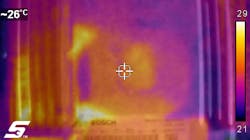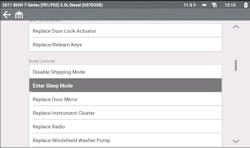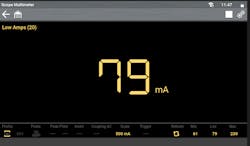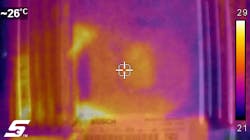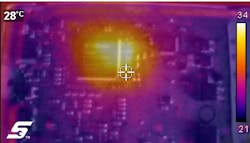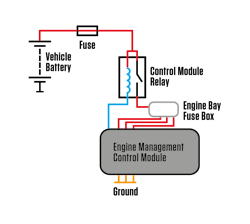Parasitic draw diagnosis from a vehicle battery
The key to diagnosing any issues with parasitic draw is to ensure the vehicle is shutdown. After the ignition is switched off many modules can still be powered up and communicating on the vehicle network for a substantial period of time. Normally a vehicle will be fully shutdown within 10 minutes. However, some vehicles may “wake-up” again after a few minutes. This will make it more difficult to identify a parasitic draw as opposed to normal vehicle behavior.
Another point to remember is that vehicles with keyless entry need to have the ignition key removed from the area around the vehicle as this may force the vehicle to stay awake.
BMW vehicles have a functional test called “enter sleep mode,” that can be found through the service resets and relearns menu under the category body controls. This function forces the vehicle network to shutdown to enable the technician to test the vehicle for a parasitic draw without having to wait for the vehicle systems to fully shutdown.
Any value found above specifications indicates a parasitic draw. A good guide is less than 50 milliamps current draw.
Service resets and relearns
The screenshots below show the procedure for shutting down the vehicle.
Don’t forget to disconnect the scan tool from the Data Link Connector. Pin 16 of the DLC is a constant live so the scan tool will stay powered up.
Current measurement:
The waveform below shows the current measurement during a normal shutdown, measured at the negative lead of the vehicle battery. It can be seen one and a half minutes after the current flow drops to approximately 500 milliamps. However, it cycles between high and low every 10 seconds until the vehicle network shuts down. This may cause confusion for the technician.
Using the functional test, the network shutdown begins after approximately one minute. The vehicle is fully powered down after three minutes and forty-five seconds. The vehicle network will not be reinstated until the ignition is switched on or the central locking is activated.
Diagnostic thermal imager:
Below is an example of a vehicle with a parasitic draw and how the Snap-on Diagnostic Thermal Imager (DTI) can be used to identify a fault which is otherwise difficult to trace.
After ensuring the vehicle network is shut down and all current consumers are switched off, the current draw from the vehicle battery should be less than 50 milliamps. Anything above this value requires the technician to trace the source of the increased current flow.
A module which remains powered up after the vehicle shutdown will cause a parasitic draw, which can be as high as 150 milliamps. One of the effects of current flow is the generation of heat energy. The DTI can be used to identify differences or unexpected temperature values.
The image below shows the outer casing of an engine control module. It shows there is a temperature difference detected, which should not be present if the module is not powered up.
Further investigation can be carried out. The localized heating around the microprocessor can be seen and the heat dissipating away throughout the board.
If a technician is faced with an issue like this, the vehicle wiring diagram should be consulted to test any other components associated with the circuit which may cause the control module to stay powered up.
The diagram below shows a typical circuit layout. An internal fault with the control module relay contacts would allow current to flow to the control module as the module has a constant ground.
Parasitic draws can be very difficult for a technician to identify, so all available tools should be used to help improve the process and repair the vehicle quickly and efficiently.
Information provided by Snap-on Diagnostics
About the Author

Damien Coleman
Damien Coleman started as an apprentice in 1999 at a GM dealership. In 2003 he competed in the final of the national skills competition. He completed his diploma in advanced automobile engineering and automobile electricity in 2004. In 2006 Coleman joined and started his career at Snap-on. In his spare time he has lectured at the Cork Institute of Technology, teaching automotive diagnostics.
